
Nutshell: if you want a domestic recruitment focus, you need longterm policy reliability.

Nutshell: if you want a domestic recruitment focus, you need longterm policy reliability.
www.standardlife.co.uk/centre-for-t...
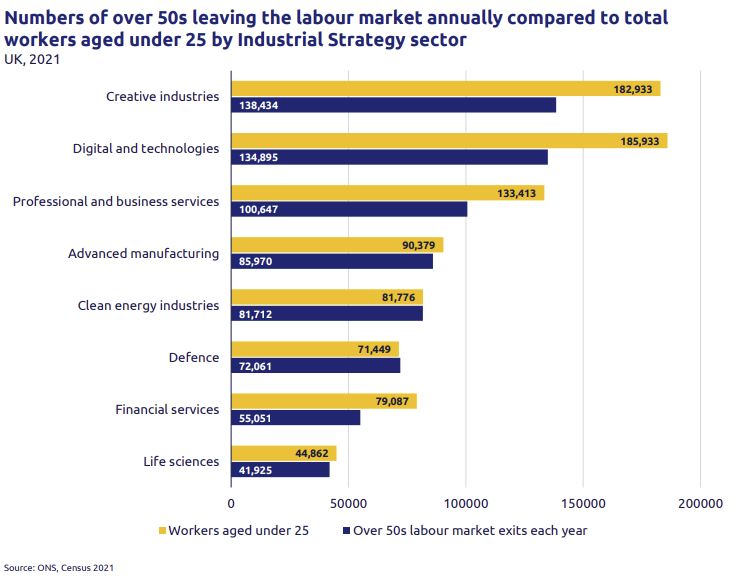
www.standardlife.co.uk/centre-for-t...
Given the contexts of many refugee-hosting countries, self-reliance initiatives that don't take climate into account are likely to under-perform.
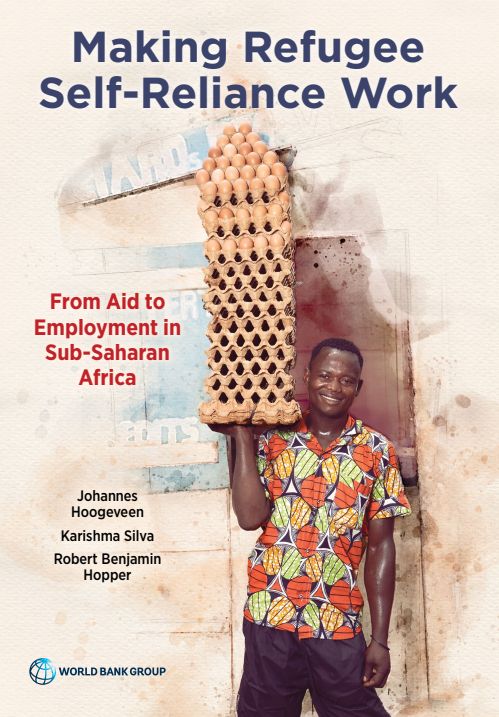
Given the contexts of many refugee-hosting countries, self-reliance initiatives that don't take climate into account are likely to under-perform.
Critical occupations are already bolstered by migrant workers.

Critical occupations are already bolstered by migrant workers.
E.g., the UK recruits hundreds of welders from the Philippines. Why not set up a training/migration partnership?
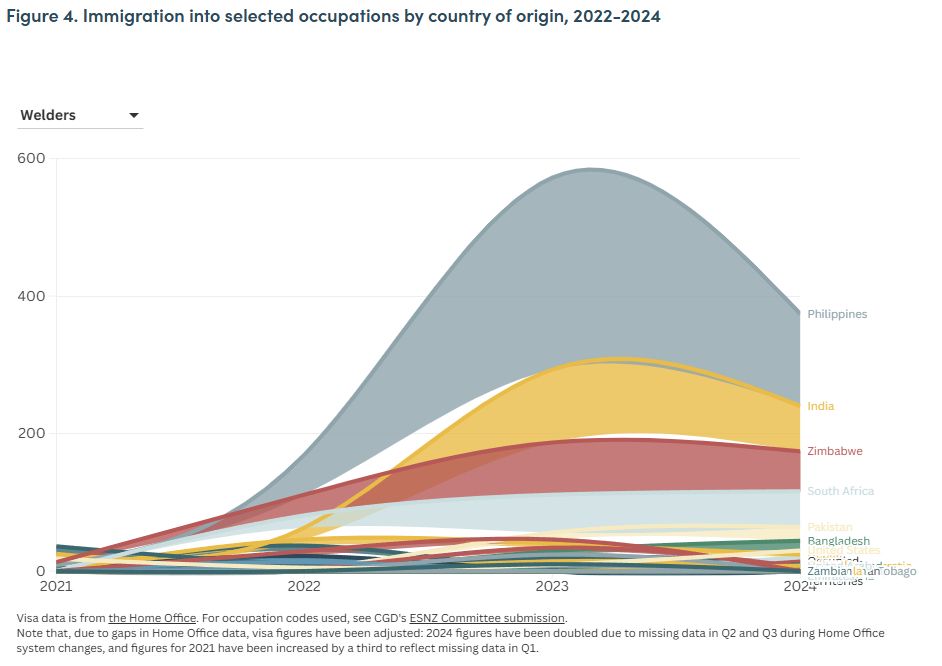
E.g., the UK recruits hundreds of welders from the Philippines. Why not set up a training/migration partnership?
The May 2025 Immigration White Paper, however, clamped down on these visas.
1: it raised the education threshold for visa eligibility.
2: it significantly increased costs to employers.
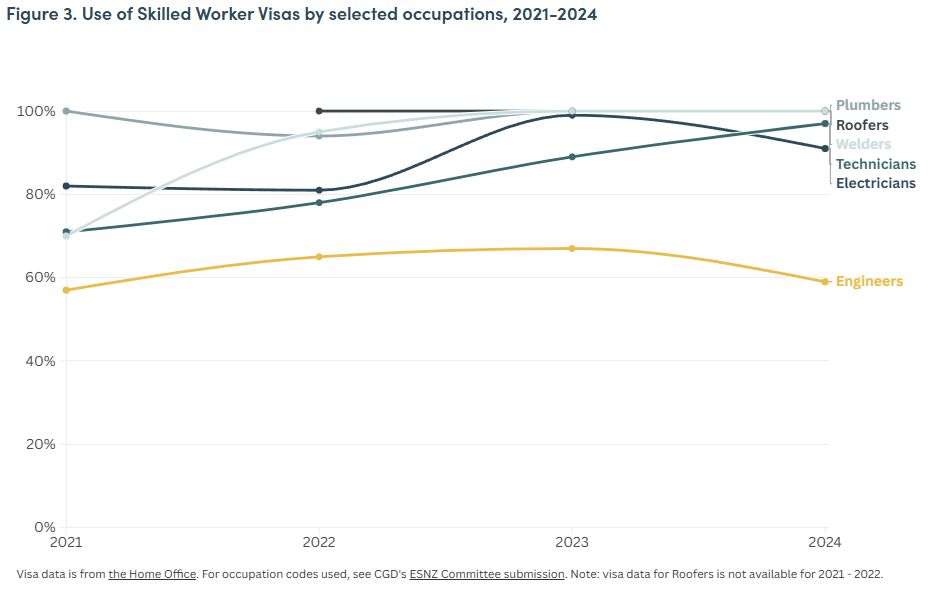
The May 2025 Immigration White Paper, however, clamped down on these visas.
1: it raised the education threshold for visa eligibility.
2: it significantly increased costs to employers.
In 2023, over 60% of new entrants to the UK welding workforce arrived on visas!
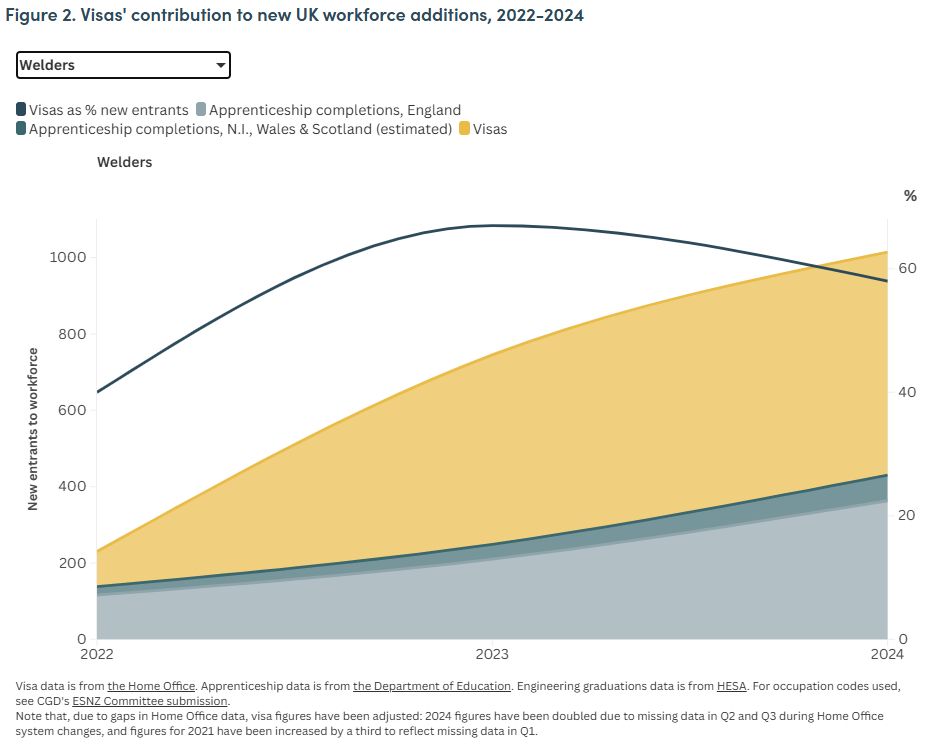
In 2023, over 60% of new entrants to the UK welding workforce arrived on visas!
Many key respondents (eg the National Grid!) highlight that visas will be crucial.
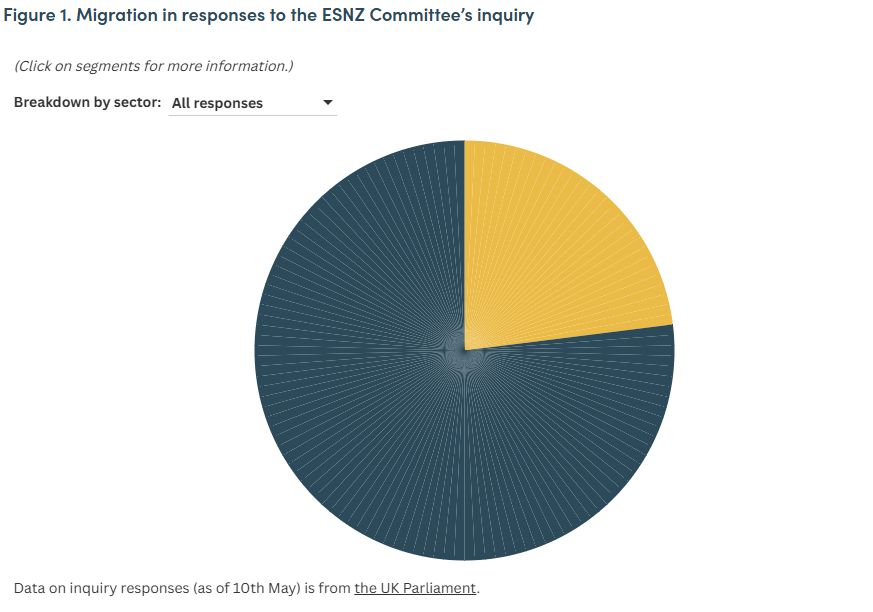
Many key respondents (eg the National Grid!) highlight that visas will be crucial.
Which low-/middle-income countries benefit most?
Mexico the clear winner, but welcome news for several.
public.flourish.studio/visualisatio...

Which low-/middle-income countries benefit most?
Mexico the clear winner, but welcome news for several.
public.flourish.studio/visualisatio...
This shift in relative responsibility/influence risks disruptions. Will new 'lead donors' reallocate funds to fill gaps left by peers?

This shift in relative responsibility/influence risks disruptions. Will new 'lead donors' reallocate funds to fill gaps left by peers?
To compare post-cut outcomes to countries' economic situations in the counterfactual -a world in which 2023 ODA flows stayed level- we project the (often large) impact of ODA on Gross National Disposable Income levels.

To compare post-cut outcomes to countries' economic situations in the counterfactual -a world in which 2023 ODA flows stayed level- we project the (often large) impact of ODA on Gross National Disposable Income levels.
Somalia, for example, is projected to lose the equivalent of 6.1% of 2023 GNI in 2026 cuts, of which 5.05% is attributable to the US; 0.43% to the UK; 0.34 percent to Germany; and 0.39% to others.

Somalia, for example, is projected to lose the equivalent of 6.1% of 2023 GNI in 2026 cuts, of which 5.05% is attributable to the US; 0.43% to the UK; 0.34 percent to Germany; and 0.39% to others.
Nineteen countries are projected to lose the equivalent of more than 1 percent of their 2023 GNI to bilateral ODA cuts in 2026.

Nineteen countries are projected to lose the equivalent of more than 1 percent of their 2023 GNI to bilateral ODA cuts in 2026.
Ethiopia is projected to lose the most bilateral ODA in 2026—nearly US$1.1 billion versus 2023, followed by Jordan (US$896 million), Afghanistan (US$859 million), and the Democratic Republic of Congo (US$814 million).

Ethiopia is projected to lose the most bilateral ODA in 2026—nearly US$1.1 billion versus 2023, followed by Jordan (US$896 million), Afghanistan (US$859 million), and the Democratic Republic of Congo (US$814 million).
Syria, for example, was the highest recipient of bilateral ODA among low- and lower-middle-income countries in 2023, receiving US$8.7 billion. It is projected to receive US$7.9 billion in 2026.
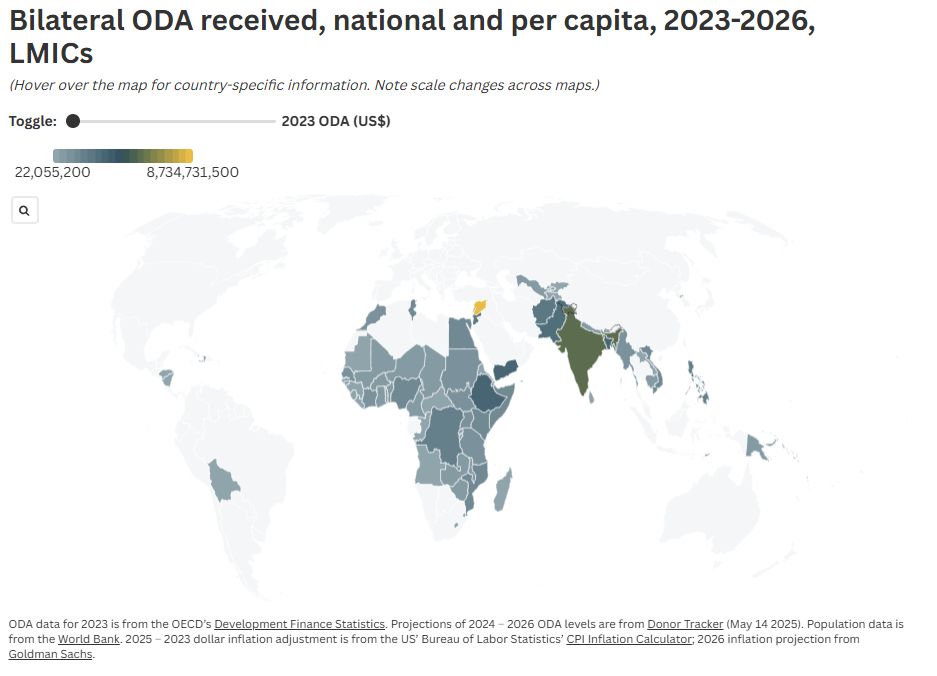
Syria, for example, was the highest recipient of bilateral ODA among low- and lower-middle-income countries in 2023, receiving US$8.7 billion. It is projected to receive US$7.9 billion in 2026.
Across the 17 biggest DAC donors, the US is projected to be the biggest cutter, followed by the UK. (Several countries are increasing ODA.)

Across the 17 biggest DAC donors, the US is projected to be the biggest cutter, followed by the UK. (Several countries are increasing ODA.)
Mexico is the worst affected in absolute terms: $2.6 billion.

Mexico is the worst affected in absolute terms: $2.6 billion.
Remittances can offer a lifeline to low-income households; for many this will be a further bad blow.

Remittances can offer a lifeline to low-income households; for many this will be a further bad blow.
For several LMIC countries, the amount far exceeds lost ODA! And for many, reductions sending costs to SDG levels could greatly offset losses- by 50% or more.

For several LMIC countries, the amount far exceeds lost ODA! And for many, reductions sending costs to SDG levels could greatly offset losses- by 50% or more.
E.g.: in Haiti, remittances could rise from 16.06% GNDI in 2023 to 18.16 % in 2025; in Sudan, from 0.91% to 1.3%.

E.g.: in Haiti, remittances could rise from 16.06% GNDI in 2023 to 18.16 % in 2025; in Sudan, from 0.91% to 1.3%.
We project forward from 2023 distributions, and find that some countries are losing over 30% of their aid- equating to more than 1% of GNI (sometimes much more) in many cases.

We project forward from 2023 distributions, and find that some countries are losing over 30% of their aid- equating to more than 1% of GNI (sometimes much more) in many cases.

voxdev.org/topic/financ...

voxdev.org/topic/financ...
donortracker.org/publications...

donortracker.org/publications...


